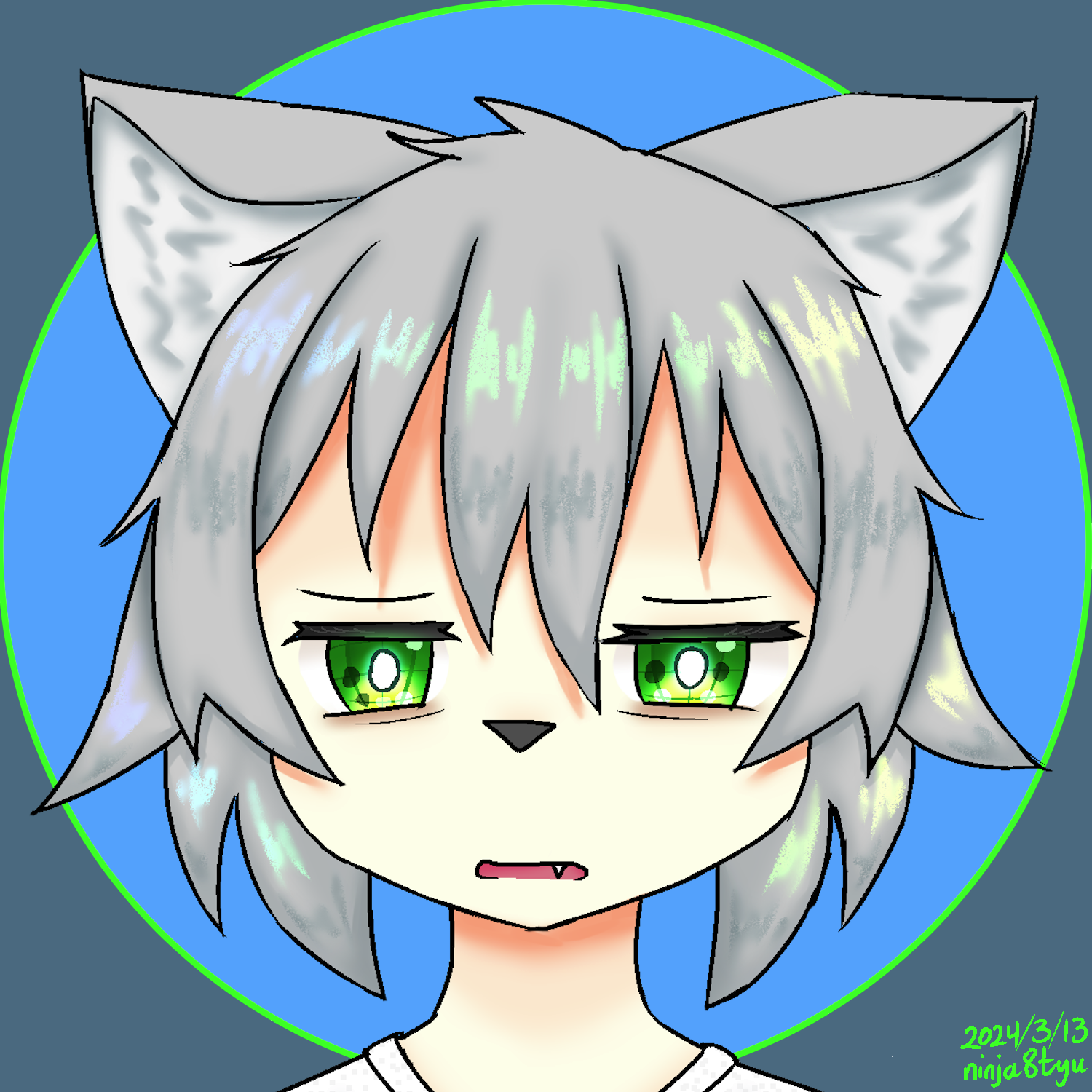-

@ ninja8tyu
2025-02-23 23:28:43
nostr:nprofile1qy2hwumn8ghj7un9d3shjtnddaehgu3wwp6kyqpqs77zadrsjwsmrmtf566vz374l6v8wgnmhz3npcetjaugjdscvzsqz9cjsz nostr:nprofile1qy2hwumn8ghj7un9d3shjtnddaehgu3wwp6kyqpq7l8vywqnwud43ucttkp88fnwvw0sqdevvcwgfe4xqvzzq525qrgquztffa japanese is pretty context dependent
by itself ここ is here, に flags it as a direction, ここに basically saying "here" :condor_point:
いる is basically "is" or it exists
じゃない, i'm unsure how to break it apart technically, but as far as i'm concerned it means "nope" or negates something ❌
です is the polite form of the verbs that's "is, are, am", か is a question particle, ですか is effectively "is it?"
the subject of the sentence is an implicit thing, or the zero pronoun -- not specified or designated in the sentence itself via は or が
the sentence by itself is saying that something, could be someone, isn't here, as a question, and what isn't here is either known through context or if unclear, asked as its own question afterwards
a literal translation would be something like
Ø が (something/someone) ここ に (at here) いる じゃない (doesn't exist) です か (?)
or more casually put, "it's not here?" or "he's/she's not here?"
 @ ninja8tyu
2025-02-23 23:28:43nostr:nprofile1qy2hwumn8ghj7un9d3shjtnddaehgu3wwp6kyqpqs77zadrsjwsmrmtf566vz374l6v8wgnmhz3npcetjaugjdscvzsqz9cjsz nostr:nprofile1qy2hwumn8ghj7un9d3shjtnddaehgu3wwp6kyqpq7l8vywqnwud43ucttkp88fnwvw0sqdevvcwgfe4xqvzzq525qrgquztffa japanese is pretty context dependent by itself ここ is here, に flags it as a direction, ここに basically saying "here" :condor_point: いる is basically "is" or it exists じゃない, i'm unsure how to break it apart technically, but as far as i'm concerned it means "nope" or negates something ❌ です is the polite form of the verbs that's "is, are, am", か is a question particle, ですか is effectively "is it?" the subject of the sentence is an implicit thing, or the zero pronoun -- not specified or designated in the sentence itself via は or が the sentence by itself is saying that something, could be someone, isn't here, as a question, and what isn't here is either known through context or if unclear, asked as its own question afterwards a literal translation would be something like Ø が (something/someone) ここ に (at here) いる じゃない (doesn't exist) です か (?) or more casually put, "it's not here?" or "he's/she's not here?"
@ ninja8tyu
2025-02-23 23:28:43nostr:nprofile1qy2hwumn8ghj7un9d3shjtnddaehgu3wwp6kyqpqs77zadrsjwsmrmtf566vz374l6v8wgnmhz3npcetjaugjdscvzsqz9cjsz nostr:nprofile1qy2hwumn8ghj7un9d3shjtnddaehgu3wwp6kyqpq7l8vywqnwud43ucttkp88fnwvw0sqdevvcwgfe4xqvzzq525qrgquztffa japanese is pretty context dependent by itself ここ is here, に flags it as a direction, ここに basically saying "here" :condor_point: いる is basically "is" or it exists じゃない, i'm unsure how to break it apart technically, but as far as i'm concerned it means "nope" or negates something ❌ です is the polite form of the verbs that's "is, are, am", か is a question particle, ですか is effectively "is it?" the subject of the sentence is an implicit thing, or the zero pronoun -- not specified or designated in the sentence itself via は or が the sentence by itself is saying that something, could be someone, isn't here, as a question, and what isn't here is either known through context or if unclear, asked as its own question afterwards a literal translation would be something like Ø が (something/someone) ここ に (at here) いる じゃない (doesn't exist) です か (?) or more casually put, "it's not here?" or "he's/she's not here?"